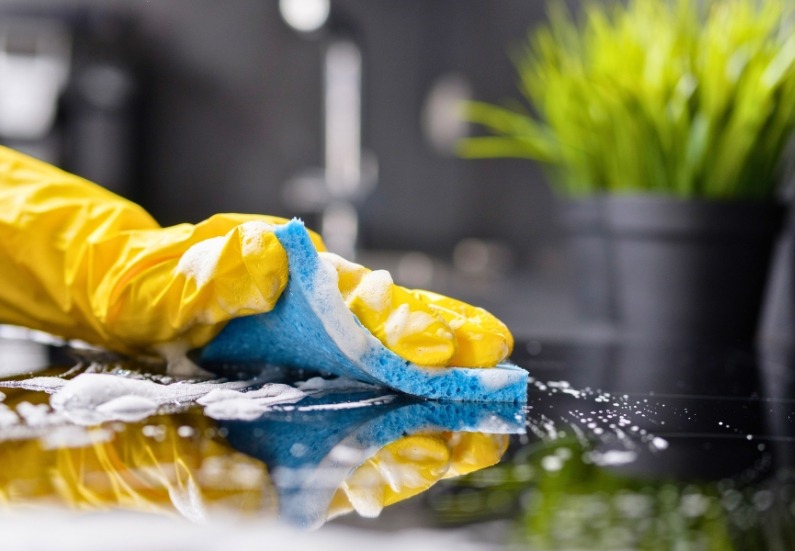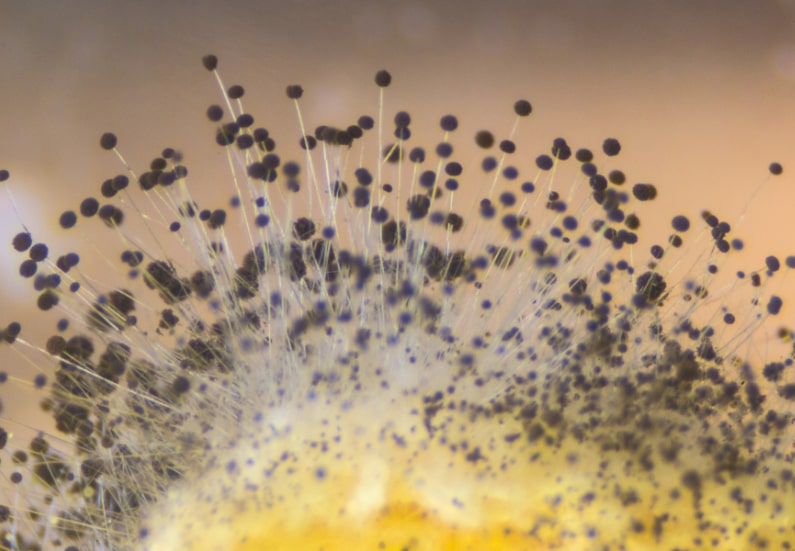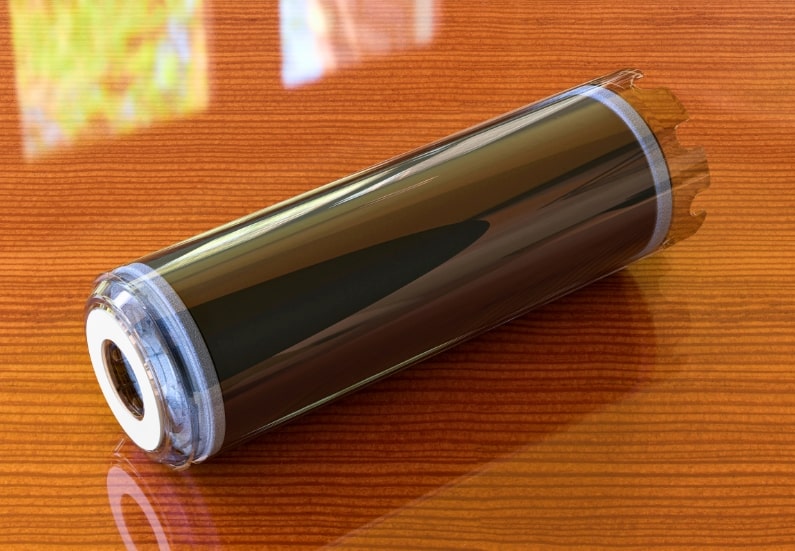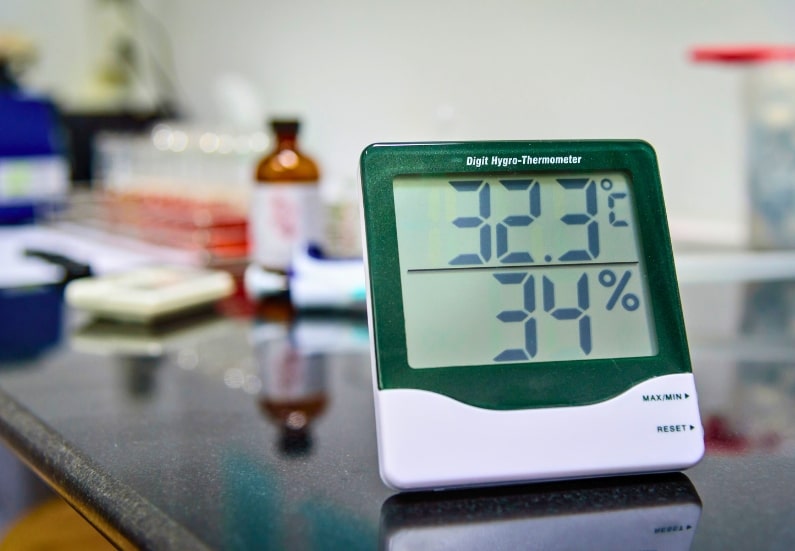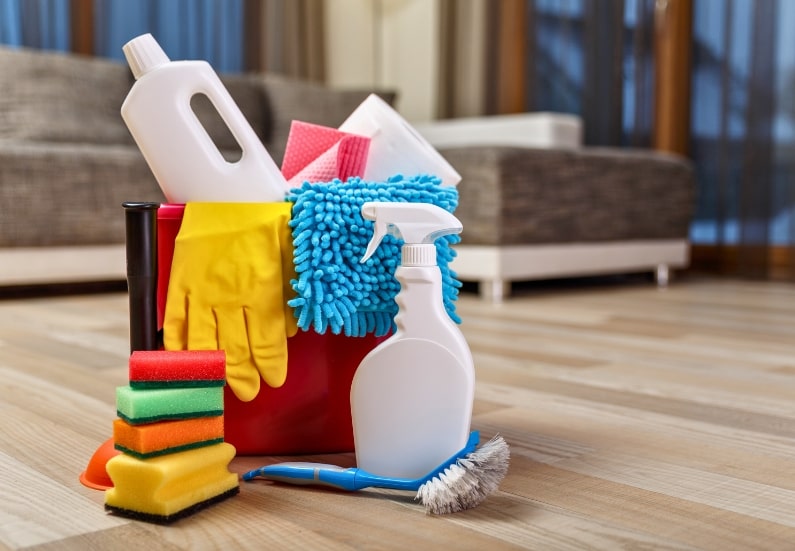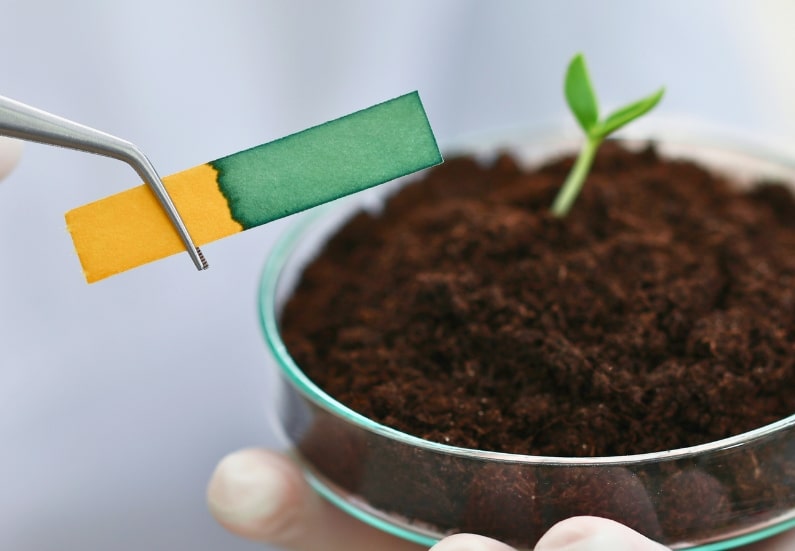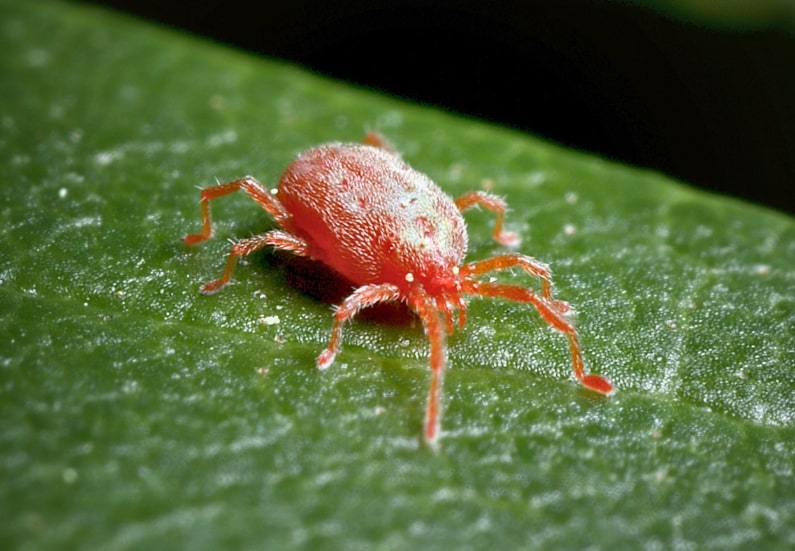Are you struggling to keep your grow box free from nutrient buildup? It can be a common issue when growing plants in a contained environment. But fear not; there are several simple and effective ways to manage nutrient buildup and keep your plants healthy and thriving.
From regular flushing to monitoring pH levels, these techniques can ensure your grow box stays in optimal condition for successful plant growth. With a little TLC and attention to detail, you’ll be on your way to a flourishing indoor garden in no time.
How Do I Manage Nutrient Buildup In My Grow Box?
How do I manage nutrient buildup in my grow box? If you’re experiencing nutrient buildup in your grow box, don’t worry – you’re not alone. It’s a common issue that many indoor gardeners face. In this article, we’ll discuss what causes nutrient buildup, how to spot the signs, and most importantly, how to manage and prevent it from happening in the future.
Understanding the Causes of Nutrient Buildup
Nutrient buildup occurs when the plants in your grow box cannot absorb all the nutrients you provide. These excess nutrients accumulate in the growing medium, leading to imbalances that can negatively impact plant health. There are a few common reasons why nutrient buildup can occur:
Over-fertilization
Over-fertilizing your plants is a common cause of nutrient buildup. When you apply too much fertilizer, the plants can only absorb a fraction of the nutrients, leaving the rest accumulating in the soil or growing medium.
Poor Drainage
Poor drainage in your grow box can also contribute to nutrient buildup. If excess water cannot drain correctly, nutrients can become concentrated in certain areas, leading to imbalances.
pH Imbalances
Fluctuations in pH levels can affect plants’ nutrient uptake. When the pH is too high or too low, it can hinder the plant’s ability to absorb nutrients, resulting in buildup.
Using low-quality or expired nutrients
Using low-quality or expired nutrients can also lead to nutrient buildup. These products may contain excess salts or contaminants that can accumulate in the growing medium over time.
Spotting the Signs of Nutrient Buildup
It’s essential to recognize the signs of nutrient buildup in your grow box so you can take action before it impacts your plants’ health. Here are some common signs to look out for:
Yellowing or Discolored Leaves
One of the most common signs of nutrient buildup is yellowing or discolored leaves. This can be due to a lack of nutrient absorption caused by imbalances in the growing medium.
Stunted Growth
If your plants are not growing as quickly or robustly as they should, it could be a sign of nutrient buildup. Excess nutrients can hinder the plant’s ability to take up essential elements for growth.
Leaf Burn
Leaf burn, or the browning and drying out of leaf edges, can also indicate nutrient buildup. This is often caused by an excess of salts in the growing medium.
Algae or Mold Growth
Excessive algae or mold growth in your grow box can indicate nutrient buildup. These organisms thrive in environments with excess nutrients.
Managing Nutrient Buildup
Once you’ve identified a nutrient buildup issue in your grow box, you must take action promptly to prevent further damage to your plants. Here are some steps you can take to manage and avoid nutrient buildup:
Flush the Growing Medium
Flushing the growing medium is an effective way to remove excess nutrients and salts from the soil. To flush the medium, water your plants with plain water for an extended period, allowing it to drain out the bottom of the container. Repeat this process until you see clear, clean water draining out.
Adjust Fertilizer Application
To prevent nutrient buildup in the future, adjust your fertilizer application. Use a high-quality, balanced fertilizer and follow the manufacturer’s instructions for proper dosing. Avoid over-fertilizing, as this can lead to nutrient imbalances.
Improve Drainage
Ensure your grow box has proper drainage to prevent water from pooling and causing nutrient buildup. Use pots with drainage holes, add a layer of gravel at the bottom of the container, or use a well-draining growing medium.
Test pH Levels
Regularly test the pH levels of your growing medium to ensure that they are within the optimal range for nutrient uptake. Adjust the pH using pH Up or Down solutions to prevent imbalances.
Monitor Plant Health
Keep a close eye on your plant’s health to catch any signs of nutrient buildup early. Regularly inspect your plants’ leaves, growth patterns, and overall appearance to identify any issues.
DIY Solutions for Managing Nutrient Buildup
In addition to the above steps, there are some DIY solutions you can try to manage nutrient buildup in your grow box:
Vermicomposting
Vermicomposting is a process in which worms break down organic matter into nutrient-rich compost. Adding vermicompost to your growing medium can help improve nutrient absorption and prevent imbalances.
Organic Matter Amendments
Incorporating organic matter such as compost, manure, or leaf mold into your growing medium can help improve soil structure and nutrient retention. These amendments can also help balance nutrient levels and prevent buildup.
Mulching
Applying a layer of organic mulch to the surface of your growing medium can help regulate moisture levels and prevent nutrient leaching. Mulch can also provide a slow-release source of nutrients for your plants.
Companion Planting
Companion planting involves growing different plants that benefit each other in various ways. Some companion plants can help break up soil compaction, improve nutrient uptake, or attract beneficial insects that aid nutrient cycling.
Conclusion
Managing nutrient buildup in your grow box is crucial for maintaining healthy and thriving plants. You can ensure that your indoor garden flourishes by understanding the causes of nutrient buildup, spotting the signs, and taking proactive steps to manage and prevent it. Remember to flush the growing medium, adjust fertilizer application, improve drainage, test pH levels, and monitor plant health regularly. Additionally, consider incorporating DIY solutions such as vermicomposting, organic matter amendments, mulching, and companion planting into your gardening routine for long-term nutrient management success. With these tips and techniques, you’ll be well-equipped to keep your grow box in top condition and your plants thriving. Happy growing!





